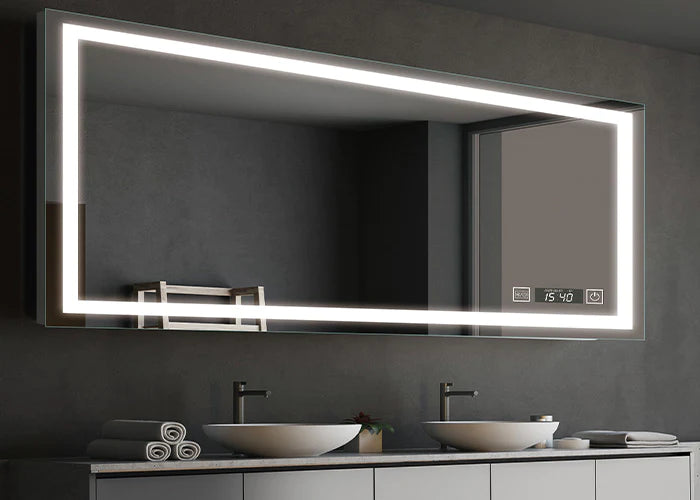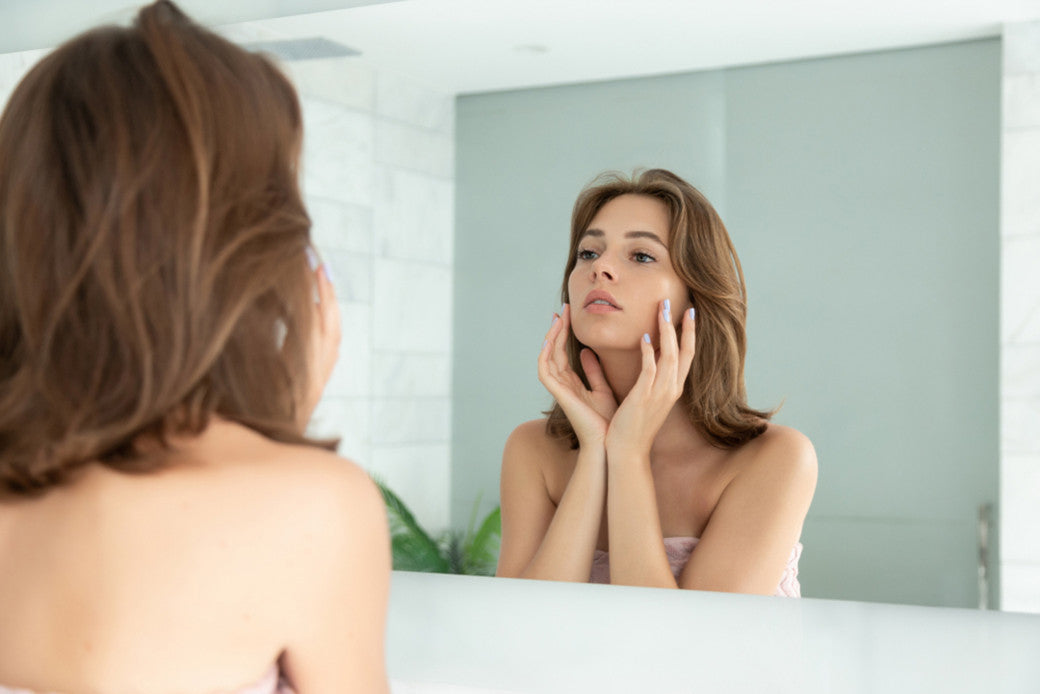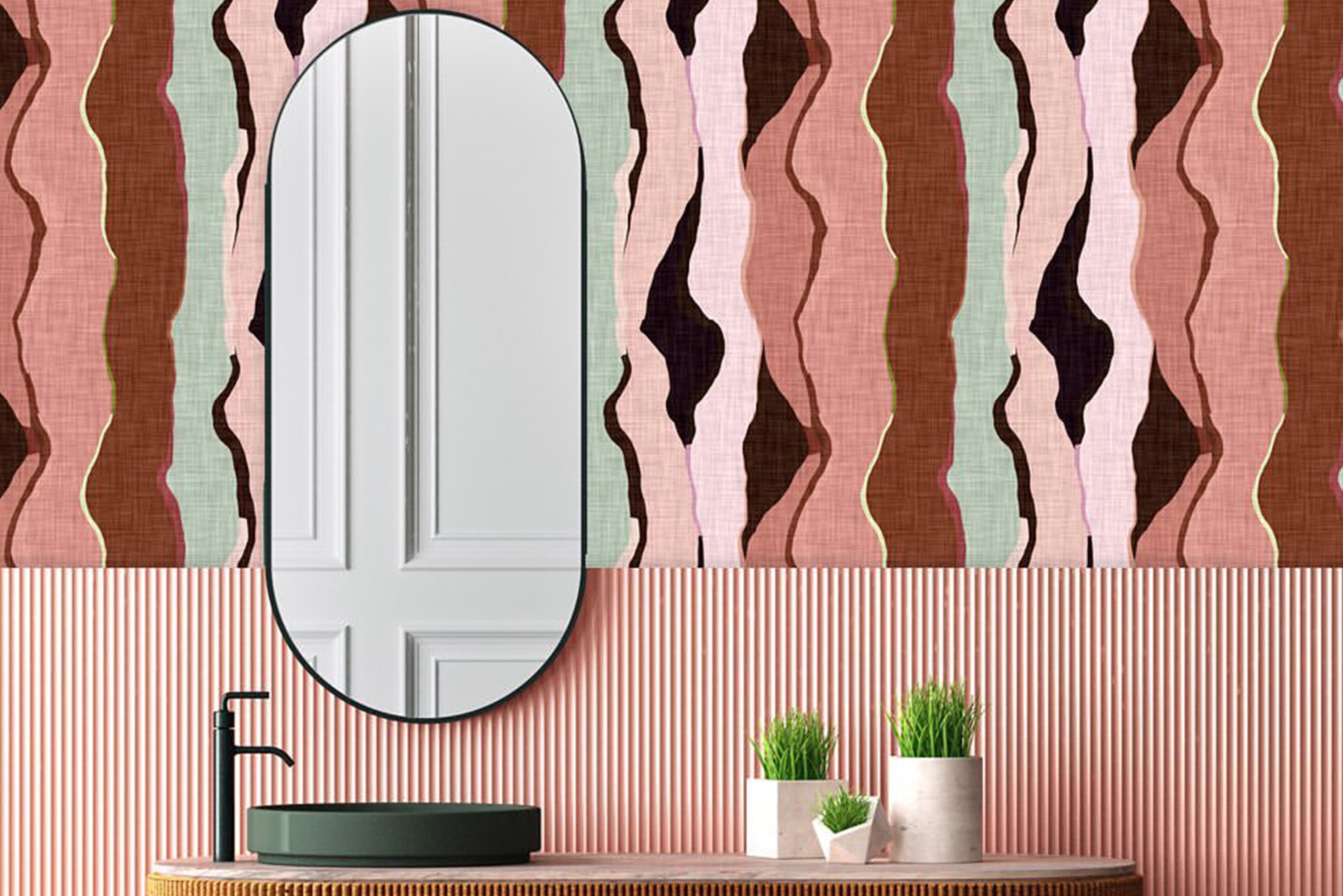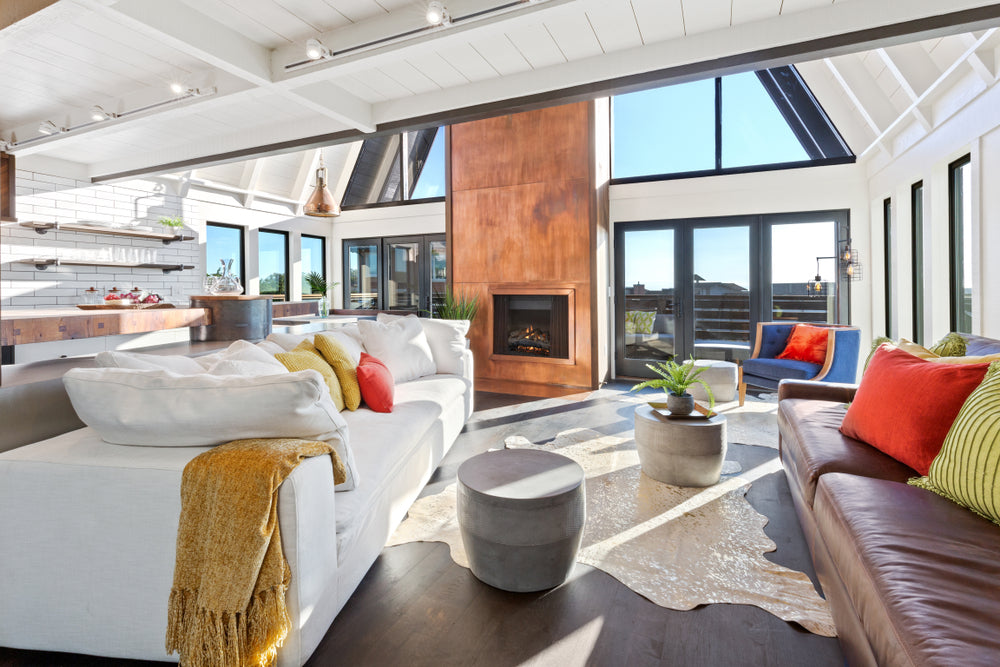The way we look in mirrors versus photos can often be a point of frustration for many people. We may feel like we look attractive and put together in the mirror, but when we see ourselves in a photo, we may feel disappointed with our appearance. This discrepancy is a common concern among people who want to present themselves in the best possible light. In this article, we'll explore the reasons why we look attractive in mirrors and selfies but not in photos, and offer tips for how to improve our appearance in any situation.
By understanding the role of lighting, angles, and perception, we can learn to feel more confident and comfortable in front of the camera. Whether taking a professional headshot or snapping a quick selfie with friends, these tips can help you look your best and feel more confident in your appearance.

Why We Look More Attractive in the Mirror: The Science of Perception
The "Correct" Representation
When we look in a mirror, we see a reflection of ourselves, which is a reversed image of ourselves processed by our brains as a familiar and "correct" representation of our appearance. Our brains interpret it as a real image of our appearance.
However, when we see a photo, we look at a 2D representation of ourselves, which is not reversed and can look different from what we see in the mirror and we are not used to the reversed face in the photo. We don't have a symmetrical face that shows no differences when it is reversed. This can make our appearance appear unfamiliar or even "wrong" to our brains.
This is because of what we called the exposure effect.
Mere Exposure Effect
The Mere Exposure Effect is a psychological phenomenon where people tend to develop a preference for things that are familiar to them. The more we are exposed to something, the more we tend to like it. This effect has been observed in a variety of contexts, including the perception of faces, music, and even brand logos.
The Mere Exposure Effect has important implications for our perception of attractiveness. For example, we may find ourselves attracted to people who we see frequently or who we have had positive interactions with in the past. Similarly, we may develop a preference for certain clothing styles or hairstyles simply because we are used to seeing them.

Is a Mirror Reflection or Photograph More Accurate to Interpret How a Person Looks?
Reverse vs. Distortion
Neither a mirror reflection nor a photograph is a completely accurate interpretation of the way a person looks.
Both mirrors and photographs can distort our appearance depending on various factors such as lighting, angles, and distance. When we look in a mirror, we are seeing a reversed image of ourselves, which can give us a slightly different perspective on our appearance. Additionally, mirrors can also distort our body proportions depending on the angle and distance we are standing from the mirror.
On the other hand, photographs are a 2D representation of ourselves, which can flatten our features and distort our appearance depending on the camera angle, distance, lighting, and other factors. The closer the camera is to our face, the more distorted our appearance can appear, which can be unflattering. The angle of the camera can also affect the way our facial features appear, which can make us look different than we do in the mirror.
Frozen Face Effect
The Frozen Face Effect is a phenomenon in which a person's facial expression becomes fixed or frozen. When a person's facial muscles are unable to move or express emotions, it can create a perception of emotional "flatness".
The Frozen Face Effect is believed to occur because the facial muscles play a crucial role in conveying emotions and social cues. When we look at the photo which only captures a moment of our facial expression, it can create a perceptual mismatch between the person's facial expression and their verbal or nonverbal communication, leading others to perceive them as less expressive or less emotionally responsive. Thus, the face could look uglier than it really is.
While we may be critical of our appearance in photos, it's important to remember that beauty is in the eye of the beholder. What we perceive as flaws in ourselves may not be noticed by others, and what we consider attractive may not be the same as what someone else finds attractive. Instead of focusing on achieving a certain standard of beauty, it's important to focus on developing a positive self-image and learning to appreciate and celebrate our unique qualities and attributes.

Tips for Looking Good in Photos
While there is no one-size-fits-all formula for looking good in photos, there are several practical tips that can help you present yourself in the best possible light.
Here are some tips to consider:
- Find the proper lighting: As we discussed earlier, lighting plays a crucial role in how we look in photos. Experiment with different types of lighting and angles to find what works best for your features and skin tone. When it comes to taking photos and selfies, it's important to find the right lighting that flatters our features. This might mean finding a spot near a window with natural lighting or investing in a ring light or other type of artificial lighting that mimics natural light with a CRI>80.
- Pose in a way that flatters your features: Try tilting your head slightly or angling your body to create more dimension and depth in your features. Avoid posing straight-on, which can create a flat and unflattering look.
- Use makeup to enhance your appearance: Consider using makeup to highlight your best features, such as emphasizing your eyes with mascara or eyeliner, or adding a pop of color to your lips. Just be sure to use makeup that matches your skin tone and doesn't create harsh lines or smudges.
- Dress in clothing that makes you feel confident: Wearing clothing that fits well and flatters your body shape can help you feel more confident and comfortable in front of the camera. Avoid clothing that is too tight or loose, as this can create an unflattering look.
-
Practice good posture: Standing up straight and elongating your neck can create a more confident and attractive look in photos. Avoid slouching or hunching over, which can create a less flattering look. By incorporating these tips into your photography routine, you can learn to present yourself in the best possible light and feel more confident and comfortable in your appearance.
Image source: shutterstock

Conclusion
The mirror vs. camera debate is a common concern for many people who want to present themselves in the best possible light. By understanding the science of perception, the role of lighting, and the psychology of self-image, we can learn to feel more confident and comfortable in front of the camera. Remember, looking "attractive" is subjective, and there is no one-size-fits-all formula for looking your best in photos and selfies. True beauty comes from within, and by learning to appreciate and accept our unique appearance, we can learn to feel more confident and comfortable in our own skin.
So the next time you take a photo or selfie, remember to find the right lighting, pose in a way that flatters your features and use makeup and clothing to enhance your appearance. But most importantly, don't forget to appreciate and celebrate your unique beauty, both inside and out. By doing so, you can learn to feel more confident and comfortable in your own skin, no matter how you see yourself in the mirror or camera.





